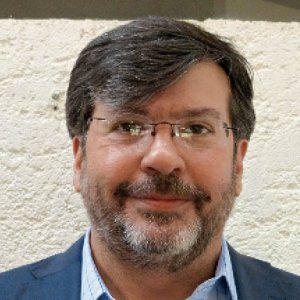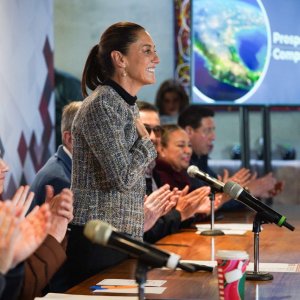Mexico´s Ministry of Energy Committed to Training Talent

The Energy Reform was passed and is being implemented, while the authorities are perfecting the finishing touches of the wholesale electricity market. Now, one of the next tasks consists of ensuring the availability of the talent that will guarantee the success of the authorities’ efforts. Documents like PRODESEN help the Ministry of Energy predict how the industry will play out in terms of talent requirements. Carlos Ortiz, Director General of Research, Technological Development and Human Resources at the Ministry Of Energy, explains, “If the electricity sector’s forecast says we are to increase the installed solar capacity by a specific percentage in a determined time frame, we then use this information to determine what this capacity increase implies in terms of talent requirements.” In other words, the Ministry plans and implements programs to train people when it detects a gap between highly specialized talent and current workforce existence and production. This is based on the analysis of industry best practices, data taken from existing projects, educational information, and occupational surveys, among other factors.
Ortiz stresses the fact that the industry will be highly competitive in the aftermath of the Energy Reform. The challenge is for government, industry, and academia to jointly accumulate all the pieces to deploy Mexican talent that is internationally competitive, and ready to retain high-quality employment opportunities.
Some might also question why the government should get involved in fostering talent rather than letting the industry solve the issue on its own. “I consider talent gaps to be a market flaw, and an important role of the government is to work on solutions to address market flaws,” responds Ortiz. “If the industry is left alone, it will find more investment barriers, less profitable projects, and a harsher environment to deploy technologies.” In the second perspective, the government intervenes by developing programs to train people, which will strengthen the industry. “In this scenario, we will facilitate investment flow, which in turn is positive for the economy and for the people who will get the opportunities for higher skilled and higher paying jobs.” In addition, with the creation of the Energy Sectorial Funds, Congress made a statement about its desire and willingness to invest in addressing the talent gap in order to increase opportunities for Mexican professionals.
Ortiz wonders if the market has the talent the industry requires, as this question will help the authorities determine the areas to be addressed. “If you only focus on developing one specific output within the system, then the rest of the elements will not be ready to assimilate the growth of that single variable. This is a systemic approach where we try to play a significant role in producing talent at the level of maturity that the industry requires.” However, there is a worrisome scenario in which the talent the authorities invest in ends up working for another industry. “I think this is a question of the kind of risk we are willing to assimilate. Do we want to assimilate the risk of the energy sector maturing and the lack of talent becoming bottlenecked, or the risk of a talent surplus?” Ortiz uses South Korea as an example of a country Mexico could learn from, with its massive investments in education, drastically overhauling its economy within less than 40 years. Also, he views talent surplus as something positive that can trigger innovation. “People who do not find a niche will eventually seek new challenges or opportunities that are not being capitalized on, and propose solutions that will add value. This is how many startups begin. A lot of talent and energy could be focused on creative solutions for problems that were probably not even there.”
The Program will yield results in the short, medium, and long term. Initiatives like ‘Ciencias para Compartir’ will take longer to show results. This initiative is aimed at promoting interest in science, technology, engineering, and math to children with limited resources. “A kid in a rural community, given the right opportunity, can exploit his full potential and become a sector leader or a bright scientist. We do not only invest in fixing today’s problems; we also look further in to the future and invest in a cultural change that will become the basis of the energy sector of tomorrow,” comments Ortiz. For him, the fact that the Program has inspired many actors in the academic community to reinvent themselves in order to become relevant to the energy sector means some immediate and even unexpected results are already tangible.


















